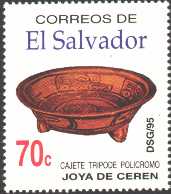 |
Joya de Ceren,The
Pompeii of the Americas |
For thounsands of years the destructive force of volcanoes and encroaching jungle has shaped the ancient Maya World, preserving temples and cities under layers of ash and vegetation.

One
recent discovery in El Salvador has been called the "Pompeii of the Americas". Scientists are finding the first real clues of daily Maya life on a seventh century farming settlement known as Joya de Ceren. The ruins were miraculously preserved when buried under more thatn ten feet of ash after the Laguna Caldera volcano violently erupted, more than 1.400 years ago.
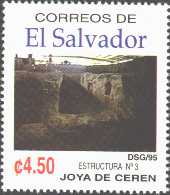
Archaeologists,
who began digging in 1989, say it is unique and most significant discovery of Mezoamerica in decades. The site, recognized by UNESCO, is a crucial piece in the Mayan puzzle. The fascinating ruins are only a half hour drive north from the capital city of San Salvador. The Joya de Ceren ruins, easily accessible for visitors, give a real sense of anthropological work-in-progress.
At Joya de Ceren, people lived in communes with separated buildings for cooking, eating and sleeping. Studies have revealed eating habits and agricultural techniques trough extraordinary finds such as petrified beans left cooking in ceramic pots at the time of the catastrophe. Archaeologists have uncovered houses, utensils, a furrowed cornfield and part of an ancient painted book. There is even a sauna bath, leading researchers to beleive that the standard of living of an average Maya was high.
Taken
from "Destination El Salvador". El Salvador Chamber of Tourism. 1996.






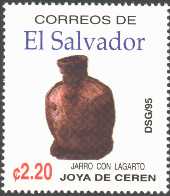
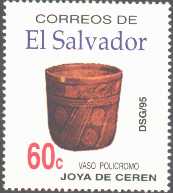
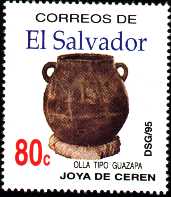
![]()